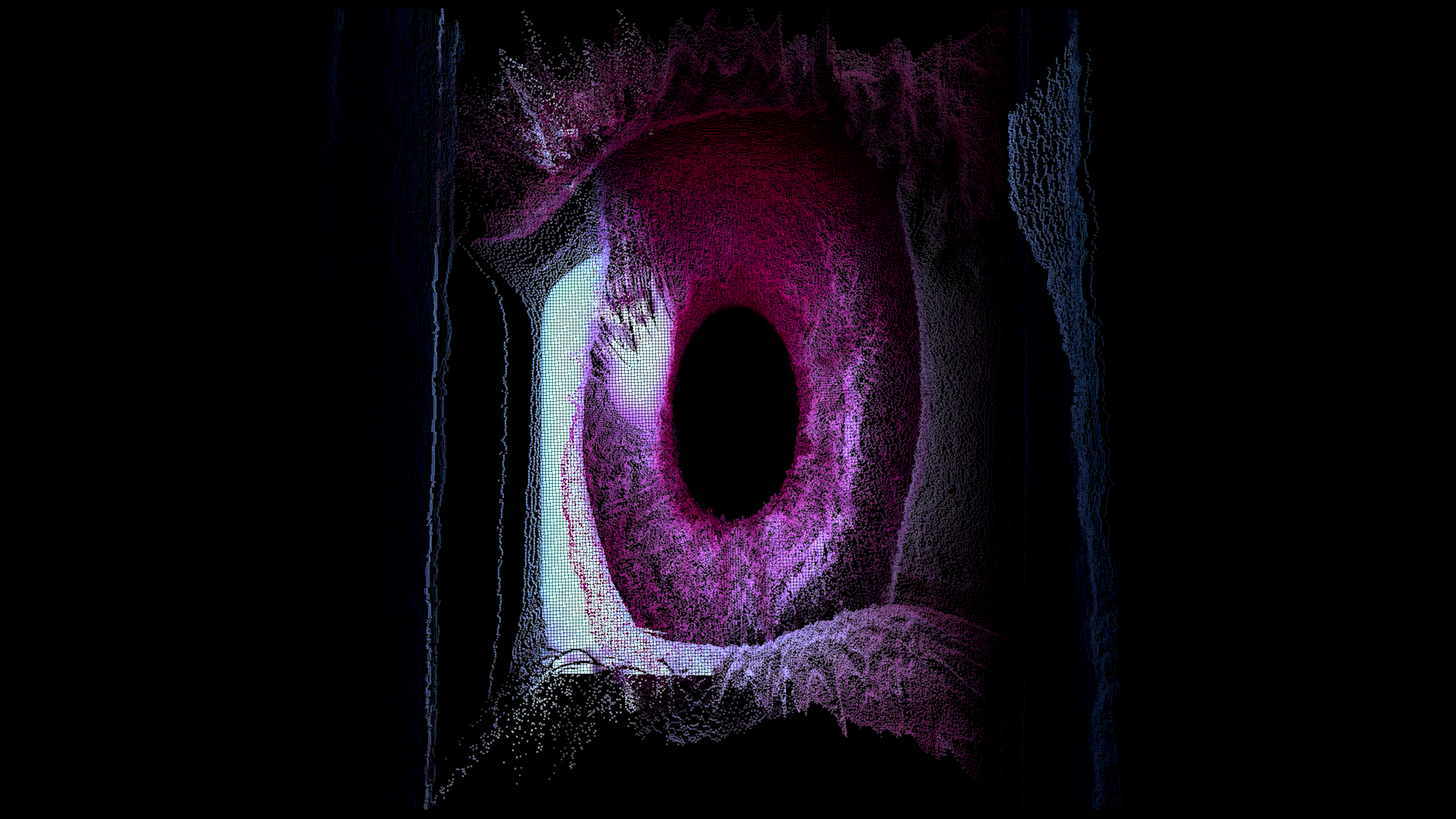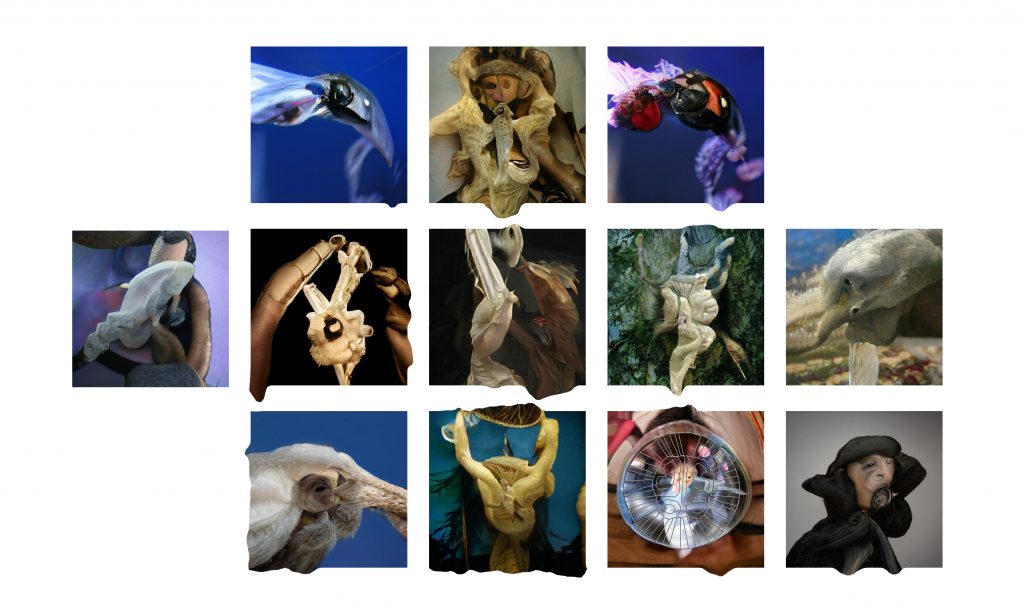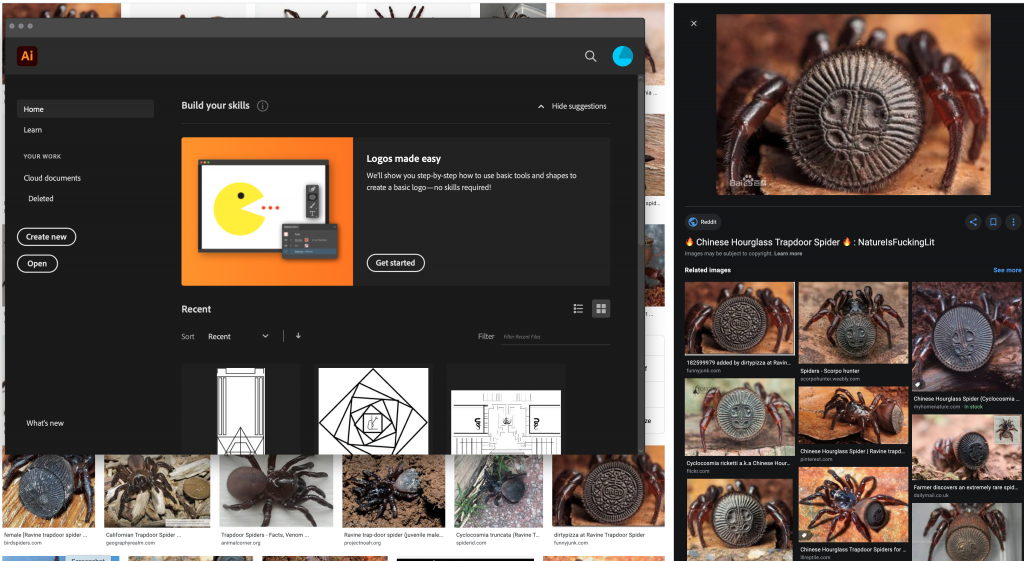
In 2020, I was able to bring the ideas behind Subaltern Futurism as a speculative framework into my practice through my work Swaayattate (Autonomy). The work is an investigation into the complex entanglements of the synthetic and organic worlds. Taking the form of a bi-lingual trilogy, the films are set inside a computer repair marketplace in Bangalore and examines the nature of human-machine relationships through the contemporary lens of gender, caste and labour. The narrative moves between multiple timelines as the evolution of an embedded neural network references prescient concerns around language, accessibility and justice.
Portions of the script for the films were written in collaboration with a text based neural network GPT-2 Transformer (https://transformer.huggingface.co/) extracting & revealing the extent of encoded biases within this AI model. GPT-2 is essentially a text generator similar to the autocomplete functions on our phones. You can input words or sentences and the neural network generates the next word or sentence using pre trained machine-learning models. Widely hailed as being very close to human speech and syntax, my interactions with the language model has proven this to be highly misleading as they contain encoded biases brought over from the subjectivity of the programmers and its own training data. Chapter 2 ADI, speculates upon this process of transference of social biases into algorithmic ones.
Excerpt from Swaayattate (Autonomy)

